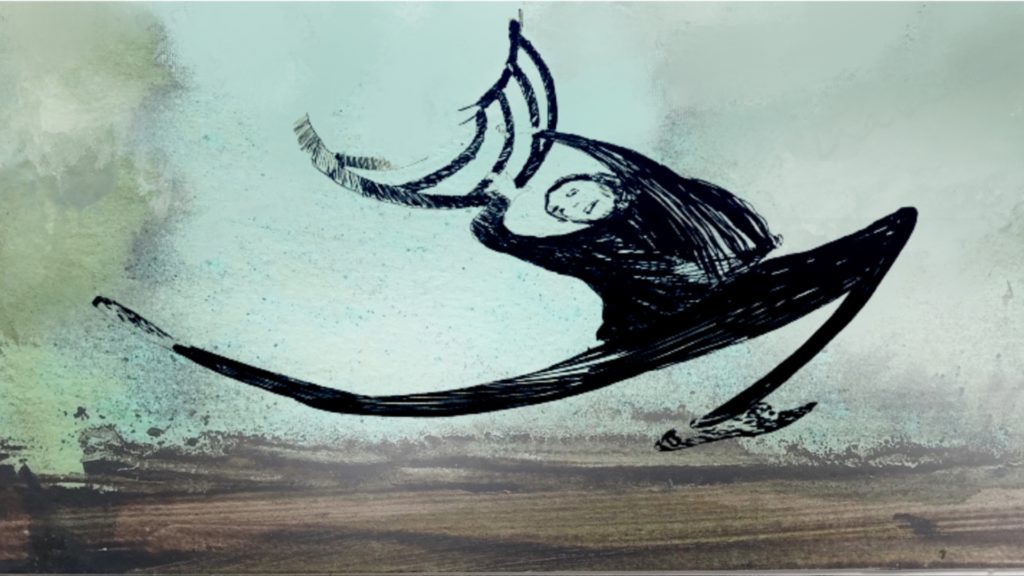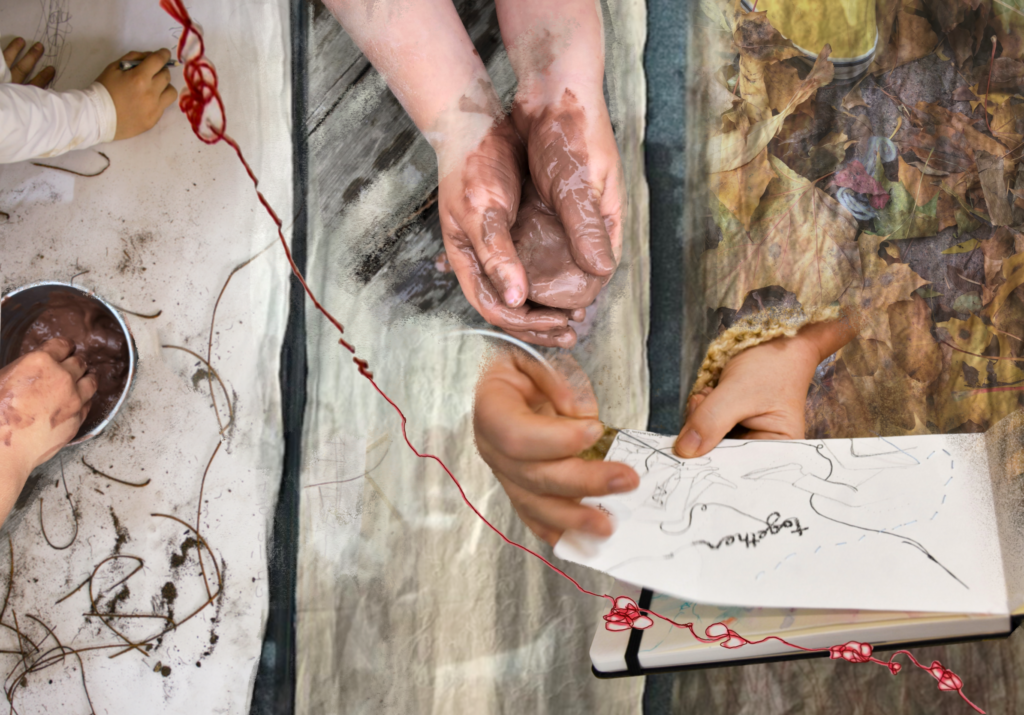Curriculum Making
Thinking with Waste


Thinking with Waste
Issue 5, Magazine, Pedagogist Discussions Issue 5, Uncategorized
September 2023
Public Lecture by Dr. Sharon Todd – Worlding Pedagogies: Educational and Aesthetic Encounters in the Time of Climate Emergency
Public Lecture by Dr. Sharon Todd – Worlding Pedagogies: Educational and Aesthetic Encounters in the Time of Climate Emergency
Previous Exposures, Uncategorized
September 2023
In Conversation with Dr. Adam Davies


In Conversation with Dr. Adam Davies
Essays Issue 4, Issue 4, Magazine, Uncategorized
October 2022
On Inaugurating and Sustaining the Work of a Post Secondary Institution Pedagogist: Collectivity, In-Betweens, and Having a ‘Why’ – an interview with Bo Sun Kim


On Inaugurating and Sustaining the Work of a Post Secondary Institution Pedagogist: Collectivity, In-Betweens, and Having a ‘Why’ – an interview with Bo Sun Kim
Magazine, Pedagogists Discussions Issue 3, Uncategorized
June 2021
Journaling as a Choreographic Practice


Journaling as a Choreographic Practice
Magazine, Pedagogists Discussions Issue 3, Uncategorized
June 2021
On Becoming a Pedagogist: Brief Thoughts on Pedagogical Documentation


On Becoming a Pedagogist: Brief Thoughts on Pedagogical Documentation
Essays Issue 2, Magazine, Uncategorized
March 2021
On Becoming a Post Secondary Pedagogist: Working with Students, Faculty, and Institutional Realities


On Becoming a Post Secondary Pedagogist: Working with Students, Faculty, and Institutional Realities
Magazine, Pedagogist Discussions Issue 2, Uncategorized
March 2021
On Early Childhood Education Encountering Pedagogy: An Interview with Veronica Pacini-Ketchabaw


On Early Childhood Education Encountering Pedagogy: An Interview with Veronica Pacini-Ketchabaw
Interviews Issue 1, Magazine
December 2020

